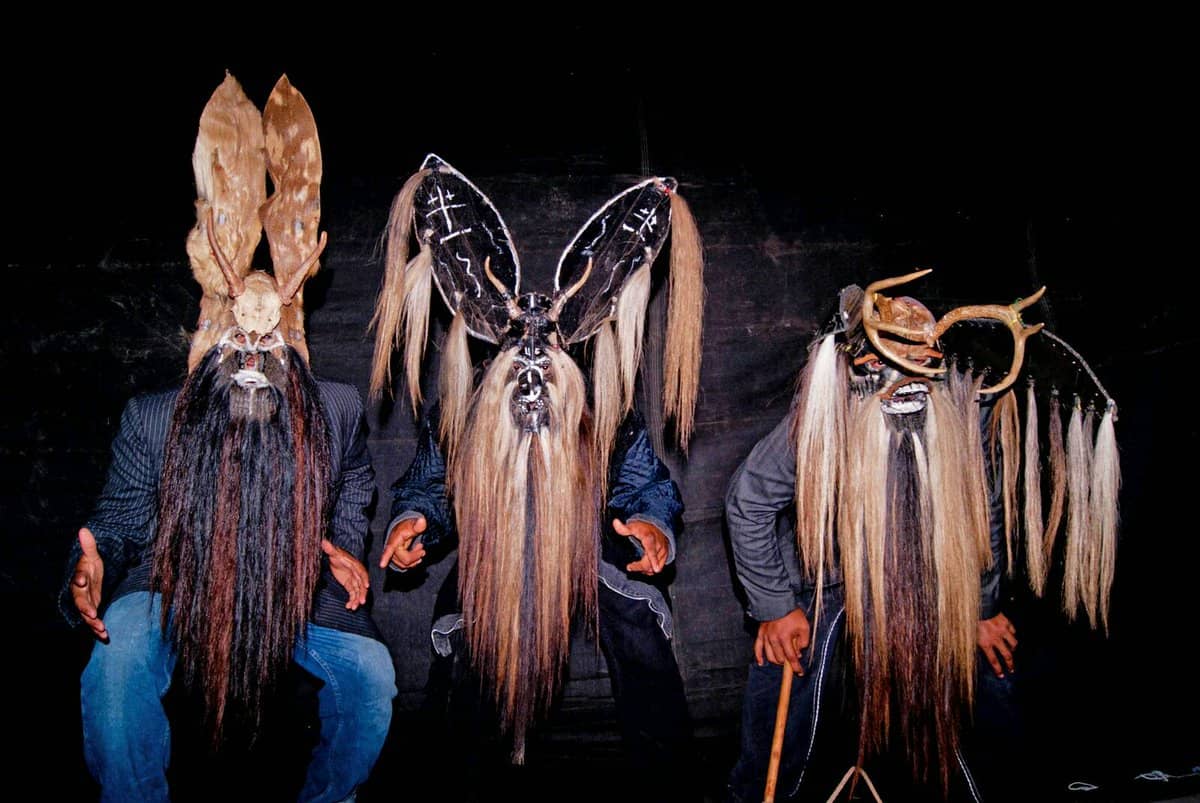Dance of the Devils, an Afro-descendant tradition in the coast of Guerrero and Oaxaca
A unique tradition, Danza de los Diablos (Dance of the Devils), is performed during the Fiestas de Todos Santos (All Saints' Day). The origin of this tradition has been identified in the viceroyalty since this dance was a ritual dedicated to the African god Ruja.





